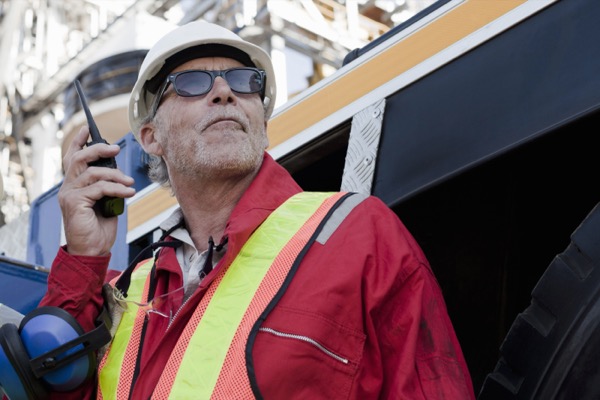Provided by: Three Sixty Safety
Concrete Manufacturing
Hazards and Safety
The manufacturing industry itself can be dangerous, but working with concrete presents its own set of hazards. Following is a list of hazards and subsequent actions you should take if you encounter danger. Always observe these prevention methods to remain safe on the job.
Hazard: Exposure to Cement Dust
Dust can irritate the eyes, nose, throat and upper respiratory system. Silica exposure can lead to lung injuries and cancer. If you are exposed to cement dust:
- Rinse your eyes with water if they come in contact with dust.
- Seek medical attention if needed.
To prevent this hazard:
- Wear P-, N- or R-95 respirators to minimize inhalation.
Hazard: Wet Concrete
Workers exposed to wet concrete can suffer from skin irritation and third-degree burns. If you come in contact with wet concrete:
- Wash contaminated skin with cold water immediately.
- Rinse your eyes for at least 15 minutes and then seek medical treatment.
To prevent this hazard:
- Wear alkali-resistant gloves, long sleeves and pants, waterproof boots and eye protection.
Hazard: Unguarded Machinery
Machines without guards can grab loose clothing, hair or fingers, and cause amputation.
To prevent this hazard:
- Before using tools, ensure that the appropriate guarding is in place.
- Maintain conveyor belt systems to avoid jamming and use care when cleaning jams.
- Ensure that guards are in place when using mixers, cubers and metalworking machinery.
- Follow all lockout/tagout procedures when servicing the equipment.
Hazard: Falling Objects
Workers may be hit with falling objects from conveyor belt systems, elevators or concrete block stacking equipment on the job.
To prevent this hazard:
- Avoid working beneath cuber elevators, conveyor belts and stacker/destacker machinery.
- Stack and store materials properly to limit the risk of falling objects.
Take all appropriate precautions when working with concrete. For more safety tips, talk to your supervisor.
This Safety Matters flyer is for general informational purposes only, and is not intended as medical or legal advice.







